#268 How rivers can remember
Where The River Flows: Scientific Reflections on Earth’s Waterways
by Sean W. Fleming
Princeton, N.J.: Princeton University Press, 2017
$26.95 (U.S.). / 9781400885022
Reviewed by Colin Levings
First published March 19, 2018
*
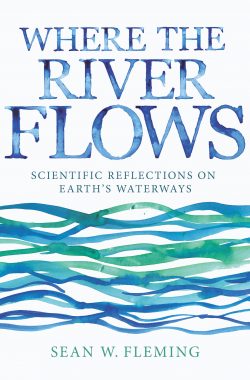 Sean Fleming, who received his B.Sc. and Ph.D. from UBC in 1994 and 2004 and is now a member of UBC’s Department of Earth, Ocean and Atmospheric Sciences, has written what he calls a “popular science book,” Where the River Runs: Scientific Reflections on Earth’s Waterways, published by Princeton University Press.
Sean Fleming, who received his B.Sc. and Ph.D. from UBC in 1994 and 2004 and is now a member of UBC’s Department of Earth, Ocean and Atmospheric Sciences, has written what he calls a “popular science book,” Where the River Runs: Scientific Reflections on Earth’s Waterways, published by Princeton University Press.
Fleming writes that: “Science outreach is also a particular point of interest for me. This book is written for a fully general audience — no science background is needed. It has received positive coverage in Nature, Science News and the Toronto Metro. I’ve given a public talk on it at the Smithsonian, and a live radio interview about it on NPR.”
When asked by Vancouver Metro if he had a favourite river, Fleming replied, “Oh my goodness! Maybe the Cowichan in British Columbia or the Rio Grande in the U.S. southwest. I love the landscapes around both of them. They both present a lot of opportunities and challenges.”
Reviewer Colin Levings calls Where the River Runs “a good buy for anyone with an enquiring mind about rivers or indeed about natural science in general.” – Ed.
*
Rivers know this: there is no hurry. We shall get there some day. – from A.A. Milne, The House at Pooh Corner (1928).

The publication of Sean Fleming’s book comes at an interesting time for rivers and environmental sciences. While some societies beg for more understanding and prediction, and Fleming’s book gives great guidance how to do that, other societies have decided that rivers are persons with legal rights. The Whanganui River in New Zealand and the Ganges and Yamuna River in India have been granted the same legal rights as human beings.[1]
How these rights have been tested in a court of law is a topic beyond this review but bears following up. I am really not sure how the concept relates to Fleming’s thesis that rivers are amenable, at some point anyway, to physical laws rather than spiritual influences. It would take a totally different kind of analysis to discuss and compare the two ways of conservation and perhaps there has not been enough time for the spiritual method to engage with the scientific method.
A recent collection of papers by a group of experienced river thinkers deals with a somewhat related idea, that of using “transdisciplinary” scientific methods to help manage environments such as rivers.[2] It might be a nice companion read to Fleming’s book — which also provides a good list of additional suggested readings and references.
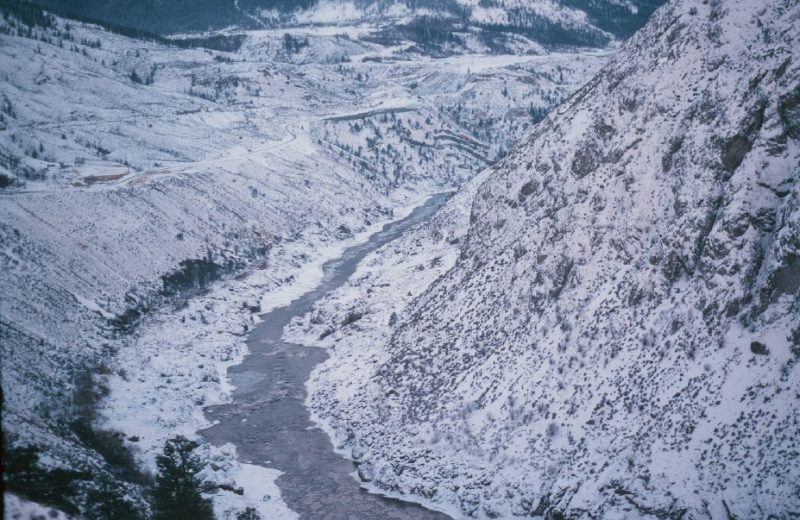
However, the idea of interconnectedness, which Fleming describes quite well in his introductory chapter, is a theme common to both the spiritual and scientific world. Interconnectedness of rivers in the way they flow from the headwaters to the mouth is, in fact, a central concept of the whole book. The introduction thus sets the mood of Where The River Flows. And Fleming’s style is colloquial and engages the reader quickly. The reader feels he/she is in a classroom with the author as he asks questions and gives answers and examples.
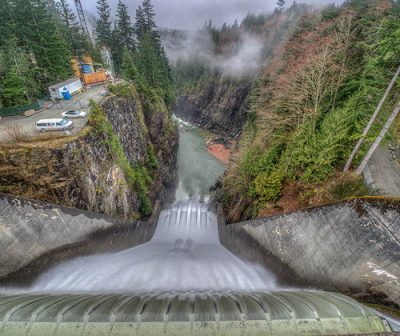
Chapter 2 provides an excellent description without using even a simple equation of “Why Rivers are Where They Are.” Fleming introduces a number of concepts and explains well a few terms not in everyone’s vocabulary. Possibly the most important one is “positive feedback loop,” which he defines as “positive reinforcement, whereby the effect of some cause becomes itself a cause of the same effect.” This concept explains how a river cutting through a landscape creates a low point, which in turn creates a channel.
Other positive feedback loops for snow melt flows involve the albedo effect — which means that snow and ice reflect a lot of sunlight (high albedos) but forest and soil, after they are exposed following snow melt, do not reflect much sunlight (low albedos), which in turn promotes more melting. An example of that patchiness can be seen in a photo I took of the Fraser River canyon in winter in 1982.
Other important concepts introduced in Chapter 2 include geological time frames and the role of tectonic events in shaping mountain and river valleys. As well, Fleming introduces the point that human use affects rivers and that such use is affecting them more rapidly than ever. He uses the Capilano River near Vancouver to illustrate some of these ideas, and he does a good job with easy to understand narrative and good photographs. All in all, I thought this chapter was one of the best in the book.

Chapter 3, where Fleming explains how rivers remember, is where things start to get a bit complicated. The first few pages, on time-series of flows, is straightforward and some aspects are fascinating. Not many people have heard of the Nilometer, a measuring device that tracked the minimum flows on the Nile River in Egypt between 600 and 1400 A.D.
Later on in the chapter things get a bit heavier as Fleming introduces chaos theory — a statistical or modeling way to explain how flows rates “remember:” flows on one day depend on the flow of the day before, and those flows depend on the flow of the day before, and so on… as Fleming would say — you get the picture.
Some readers may use the streamflow models in their studies or work but the bottom line is that larger rivers, or rivers with a lot of natural storage in lakes or ponds, have a longer memory than those that are in deserts or have watershed that are mostly paved over or have lost their vegetation to sop up, for example, heavy rainfalls. The January 2018 flash floods in southern California after the vast fires there are a classic example.

The latter part of the chapter deals with the concept of linear and non-linear relationships. Fleming does require the reader to absorb some graphical presentations to absorb what he is getting at. Essentially, the way a river flows at time 1 and those at time 2 may or may not be related in a straight line. And whether it is a straight line or not depends on the type of river — the flows in an intact watershed are likely to show a straight line, whereas those of a flashy nature will likely show a curve of some sort. It is an important lesson. This chapter is a good example of the breadth of Fleming’s knowledge of rivers around the world as he presents examples ranging from the Yangtze River in China to the Columbia River in Oregon to the Tigris and Euphrates Rivers in the Middle East.
In Chapter 4, Fleming deals with the transfer of information about flows from the atmosphere (clouds) to the watershed (where the rivers are) to biota (for example salmon) — or as he frames it, the process of “clouds talking to fish.” He dives into the concept, applying information theory to hydrological data. He describes in some detail how information theory equations, developed by engineer Claude Shannon in 1948 while working for Bell labs, can be used to measure the amount of complexity in a system, any kind of system. The take home message from this chapter is that entropy, the unit of information described in the equations, can be used, for example, to optimize the design of environmental monitoring networks, including those for river flows.
Chapter 4 is a little more complex than some of the others but does have some important concepts so it was worth studying the relatively straightforward equations that are introduced. It also provides a good narrative on how flow variation affects salmon in rivers. Another important point is that each system has specific patterns of relationship of variables, for example between rainfall and flows, and so because there is no universal relationship, the site information is critical to understanding and prediction. It’s an important point because in these days of technical cutbacks it is hard to get long-term monitoring established on multiple rivers and sometimes there can be too much reliance on so-called index streams.
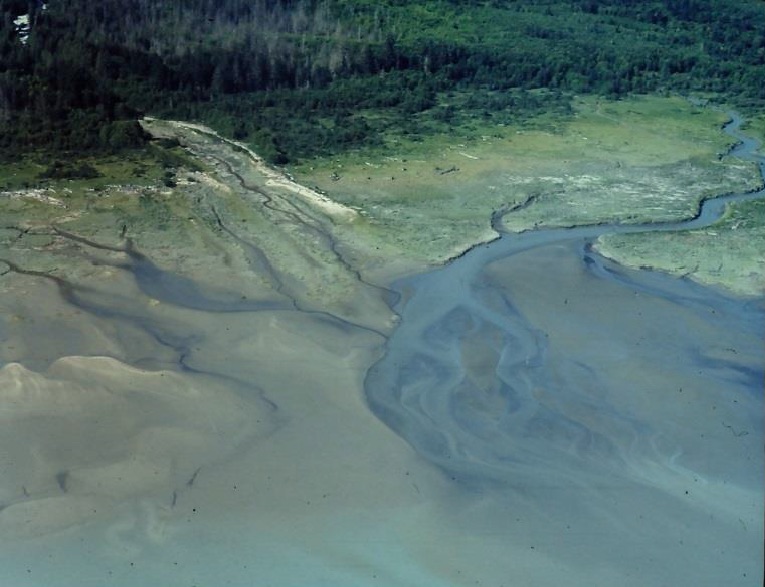
More descriptive and wide ranging, Chapter 5 considers the direct role of rivers in mining and geological exploration. Without rivers for transport, mineral deposits around the world would not have been found. Fleming also introduces us to the incredibly important topic of groundwater and how it can be contaminated by human activity. This chapter also provides nice descriptions of geophysical methods such as ground penetrating radar, and Fleming gives a good explanation of calculus as it is used to model dispersion of contaminants in ground water.
A number of broad or overarching concepts are explored in Chapter 6. I appreciated Fleming’s clear description of how ocean influences, such as El Nino, affect precipitation and rainfall with changes in river discharge pattern. After explaining what a power spectrum is, and how it applies to hydrological data, he shows how water storage in the Columbia River system affects the power spectrum of this particular system. He concludes this chapter with a discussion of climate change.
People dealing with rivers and their landscape have to deal with system self-reorganization events, for example landslides that reorganize riverbanks. This concept is also applicable to estuaries, for example when a river cuts a new channel through the forest on an estuary. I saw a good example of that in 1980 at the Homathko River estuary at the head of Bute lnlet.[3]
Generally, the specific locations for such events are unpredictable by theory. Therefore a take away message from Chapter 7 — which deals with this kind of behaviour of complex systems, which is often self-organized behaviour — is explained on page 142. Fleming calls this self-organized criticality: a system criticality or failure or event that comes about from the way the system organizes itself, rather than from being overtly specified in an overarching and specific law or rule or equation. My concern in this chapter is that Fleming could have explored the role of sediment coming down rivers and creating deltas.

In Chapter 8, Fleming explores and explains thoroughly the different timescales for river flows, including the importance of daily, seasonal, decadal, and longer timescales. He gives a good explanation of the role of the sun and moon in tidal fluctuations. He also dwells on glaciation and long term climate fluctuations, important stuff for B.C. but also worldwide. This chapter also provides a good explanation of the role of remote sensing (e.g. satellites) in climate and river forecasting.
Fleming explains the application of hydrological methods very well in Chapter 9. Most of the practical side of the business seems to operate and rely on statistical methods to relate meteorological events to river flows, which is the bottom line for most people. That is, will the rainstorm we are experiencing result in a flood that will require evacuation? Based on relationships between multiple variables, the statistical models provide estimates or predictions much like weather forecast models.
On the other hand, if you really want to understand how the atmosphere-river relationships operate, the physical models that operate on well-known principles (such as those explained in earlier chapters) can be used to develop watershed models that relate rain to flow, but they may not be totally reliable. The strengthening of these models is what is required. And Fleming’s book should inspire generations of students and researchers to tackle the fascinating science of rivers.
This small volume is a good buy for anyone with an enquiring mind about rivers or indeed about natural science in general. Where The River Flows: Scientific Reflections on Earth’s Waterways is a treasure house of “fun facts” on physics, chemistry, and biology as they relate to rivers and hydrology. This attribute will make it appealing to a wide audience and perhaps required reading for Ph.D. students preparing for comprehensive exams in several branches of natural science, or for people who want to learn about some of the eclectic scientists in history.
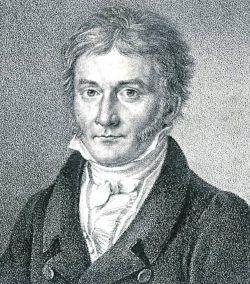
For example, who knew that the mathematician Gauss was interested in the algorithm for calculating the date for Easter? Where The River Flows does require a fairly analytical mind to bore into the parts dealing with physical theory as it applies to rivers. Although most terms are described well in the book, often with an easily relatable example, a glossary would have been useful.
An important take-home message from the author is that even though mathematical and physical explanations enable prediction, or at least forecasting, of river flows to assist environmental management, we still don’t know a lot of things. We are simply flying blind to some extent. In Fleming’s words, “our ability to fully understand something is not a prerequisite for that thing’s existence.” This is only one of many gems in the book.
*
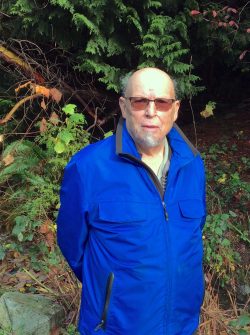
Colin Levings was born in 1942 in Victoria. He went to high school in North Surrey and as a youth spent a lot of time fishing in the lower Fraser River. Colin began his career in marine science in 1962 as sea-going technician in Alaska working for the International Pacific Halibut Commission. He earned his B.Sc. and M.Sc. at UBC and his Ph.D. at Dalhousie University in Halifax. Colin retired as a research scientist from Fisheries and Oceans Canada in 2006 but keeps working as a reviewer, advisor, writer, and mentor: see http://colinlevings.ca for lists of publications, presentations, and photo galleries. As well as conducting many estuary studies in British Columbia, Colin worked on projects investigating salmon ecology in the Nicola River watershed and the upper Fraser River. His recent book on salmonids in estuaries — Ecology of Salmonids in Estuaries Around the World: Adaptations, Habitats, and Conservation (UBC Press 2016) — was reviewed in Ormsby #113 April 4, 2017. He also spends time in Pender Harbour with his five grandsons, teaching them how to row and fish. Colin and his wife Kay live in Lions Bay.
*
The Ormsby Review. More Readers. More Reviews. More Often.
Reviews Editor: Richard Mackie
Reviews Publisher: Alan Twigg — BC BookWorld / ABCBookWorld / BCBookLook / BC BookAwards / The Literary Map of B.C. / The Ormsby Review
The Ormsby Review is a new journal for serious coverage of B.C. literature and other arts. It is hosted by Simon Fraser University. The Advisory Board consists of Jean Barman, Robin Fisher, Cole Harris, Wade Davis, Hugh Johnston, Patricia Roy, David Stouck, and Graeme Wynn. Honorary Patron: Yosef Wosk.
“Only connect.” – E.M. Forster
[1] Eleanor Ainge Roy, “New Zealand river granted same legal rights as human being,” The Guardian, 16 March 2017: https://www.theguardian.com/world/2017/mar/16/new-zealand-river-granted-same-legal-rights-as-human-being; Michael Safi, “Ganges and Yamuna rivers granted same legal rights as human beings,” The Guardian 21 March 2017: https://www.theguardian.com/world/2017/mar/21/ganges-and-yamuna-rivers-granted-same-legal-rights-as-human-beings
[2] J.M. Kelly, S. Scarpino, H. Berry, J. Syvitski, and M. Meybeck (editors), Rivers of the Anthropocene (University of California Press, 2018), available worldwide through a free download at https://www.luminosoa.org/site/books/10.1525/luminos.43/
[3] Source of photo: C.D. Levings, Ecology of Salmonids in Estuaries Around the World: Adaptations, Habitats, and Conservation (Vancouver: UBC Press, 2016).

Comments are closed.